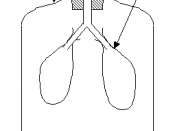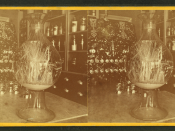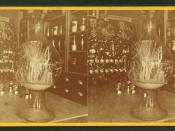The Bell Jar, written in the 1960s and set in the 1950s, comes at a time when the roles and gender expectations of women were changing substantially in society. Women had contributed to the war effort by taking a place in the workforce, earning their own keep and contributing to society as a whole. These same women were expected, now that the war was over, to obediently return to their rightful place as wives and mothers. The titular object of the bell jar is a metaphor for the trapped feeling that Esther experiences when faced with a world in which she does not fit. We see her struggle to find her place within the female archetypes she is presented with. The conventional wife and mother represented by her mother, Mrs Willard and Betsy; the rebel represented by Doreen and the career driven Jay Cee. Esther, however, embodies not one but all of these archetypes.
She represents a new perspective in a world on the cusp of change, a woman who wants to have her own goals and successes whilst also being a wife and mother and finally a woman who is aware and in control of her own sexuality.
Aside from our protagonist Esther, the roles of the women in The Bell Jar are clearly defined. In Mrs Greenwood, Mrs Willard and Betsy we see the traditional social convention. Mrs Greenwood encourages Esther to remain 'pure' for her husband, by sending her articles emphasising the importance of guarding ones virginity, and also to learn appropriate life skills such as shorthand which will help Esther to find work as a secretary (Plath, 1971), an appropriate job for a lady, with the ultimate aim of finding a proper husband. The epitome of the traditional 1950s housewife, Mrs Willard defines the female position...


